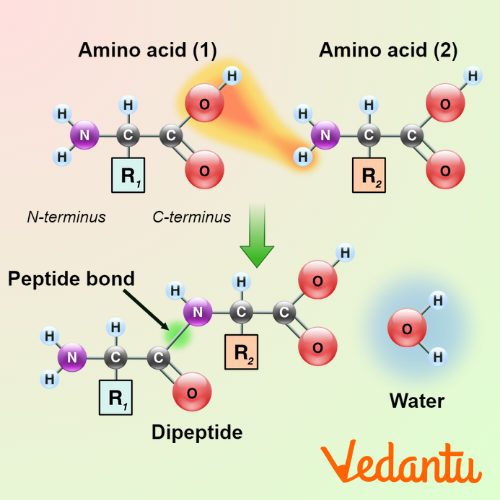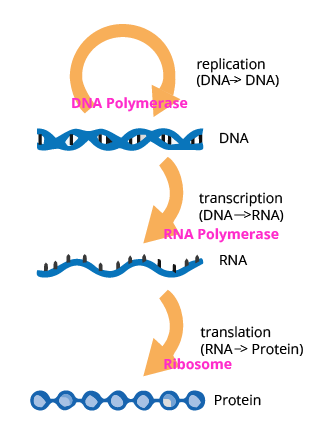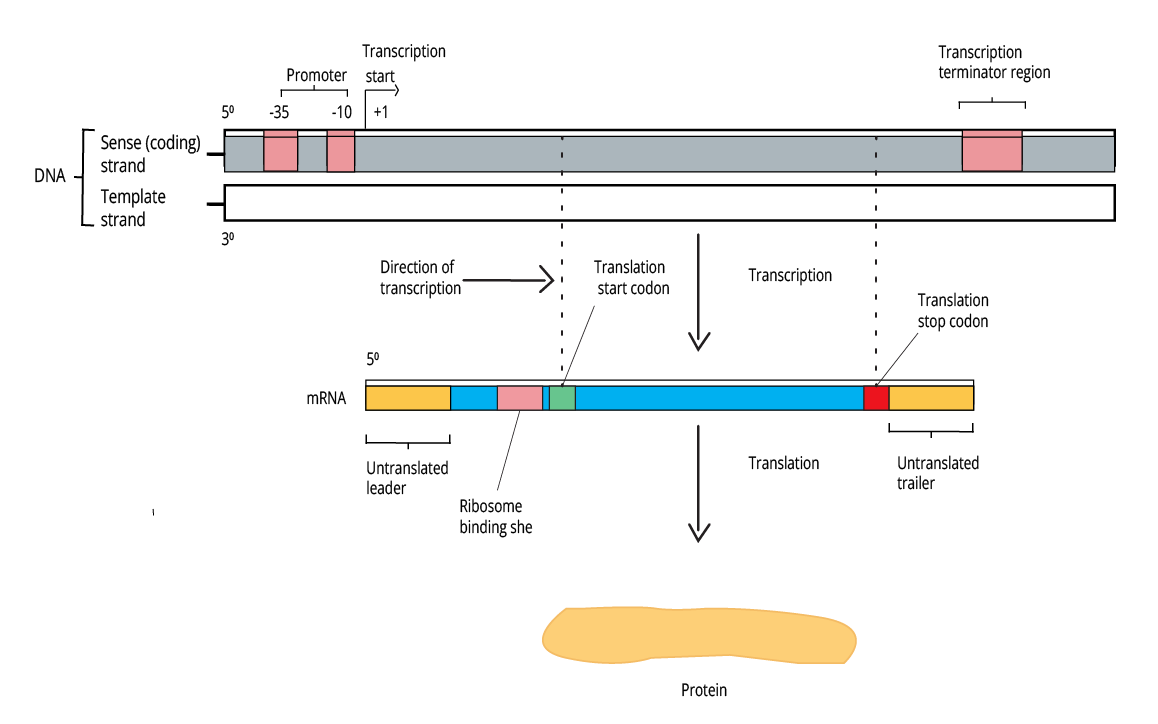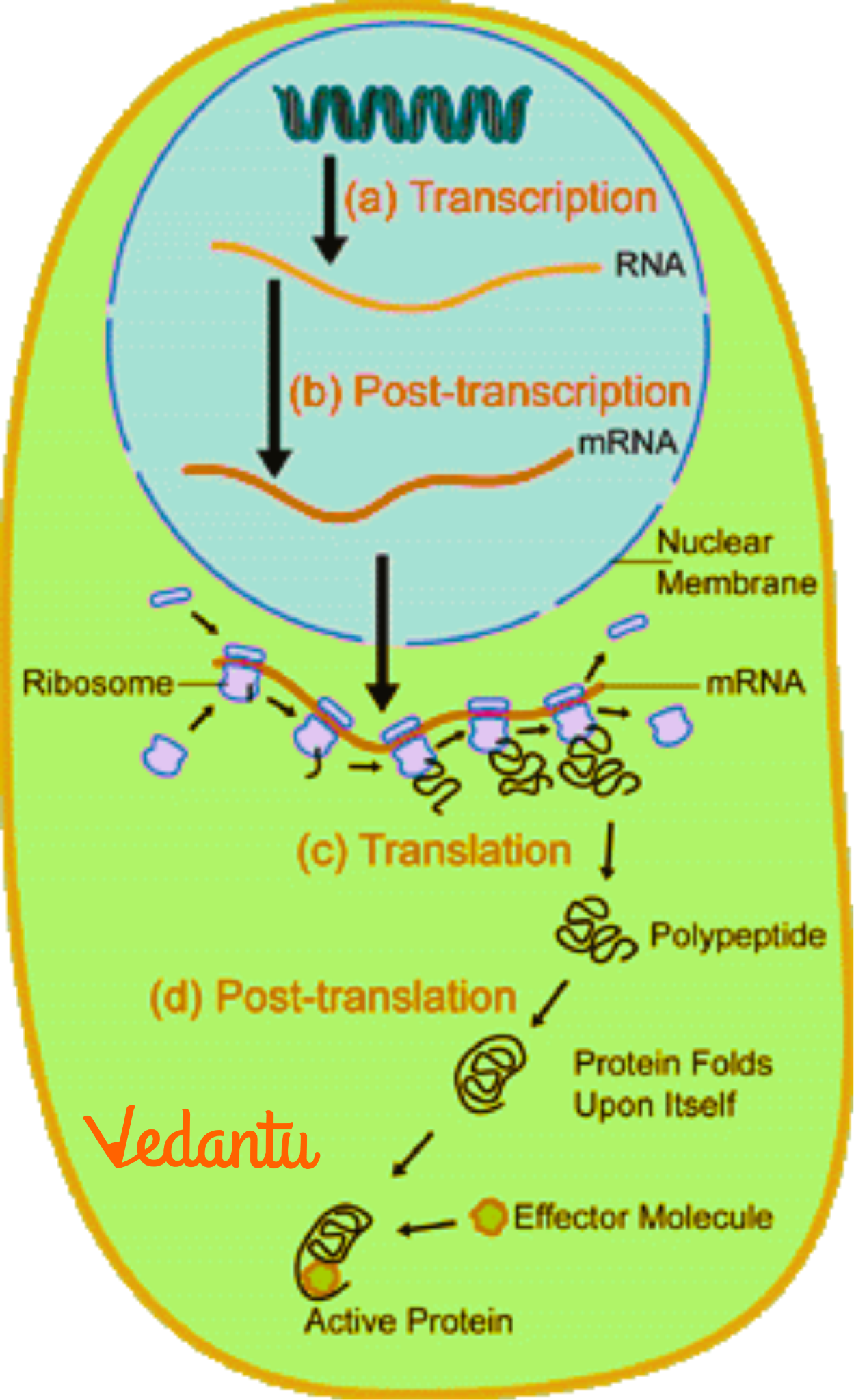Biology Important Questions for Chapter 5 Molecular Basis of Inheritance Class 12 - FREE PDF Download


FAQs on Molecular Basis of Inheritance Class 12 Important Questions: CBSE Biology Chapter 5
1. What are the important questions in Chapter 5 of Class 12 Biology?
Being familiar with important questions is greatly beneficial to students because these questions cover topics that are of importance for the exams. For Chapter 5 of Biology in Class 12, there are a lot of websites that offer PDFs of these important questions, and one of the best can be downloaded from Vedantu’s official website. These topics cover the important questions in Chapter 5 of Class 12 Biology:
DNA
RNA
Structure of Polynucleotide Chain
Replication
Transcription
Translation
Mutation
2. What is DNA polymorphism?
DNA Polymorphism is a process of variation in DNA that arises because of mutations happening at non-coding sequences, that is, DNA Polymorphism is the different sequences of DNA in living organisms. There are a whole lot of variations happening at the DNA level like base pair changes, repeated sequences, etc. The topic of DNA Polymorphism constitutes one of the important questions usually asked in the Biology Board exam from Chapter 5. The detailed answer is available on Vedantu’s website. These solutions are available FREE of cost on Vedantu(vedantu.com)
3. What is DNA fingerprinting according to Chapter 5 of Class 12 Biology?
In a procedure known as DNA fingerprinting, DNA is often compared from many sources to determine an identity. This is essentially a chemical test used to examine a person's or other living organism's genetic code. The test detects variations in certain sections of the DNA sequence. This is what is known as repetitive DNA. DNA fingerprinting is often used to identify bodies, provide evidence, find remedies for ailments, and so on.
4. What is molecular inheritance?
The notion of molecular inheritance is covered in Chapter 5 of Class 12 Biology. This portion is included in the Important Questions that students are given. These questions are written in the most straightforward manner possible so that students may easily follow them. The study of genes in the body, including DNA and its numerous activities such as replication, transcription, translation, genetic coding, control, and others, is known as molecular inheritance. This notion explains why offspring resemble their parents.
5. How many questions of NEET are from ‘Molecular Basis of Inheritance’?
Biology is one of the most important and concentrated courses on the NEET test. As a result, preparation for this topic must be faultless, and students may do so by referring to crucial questions produced particularly for biology, in this case, for chapter 5 titled "Molecular Basis of Inheritance." The subject comprises 45 questions in total, with this chapter having a weightage of roughly 8% to 9% and being included as a sub-topic of Genetics and Evolution.
6. What is the central dogma of molecular biology?
The central dogma of molecular biology explains the flow of genetic information within a cell. It states that:
DNA → RNA → Protein.
Replication copies DNA, transcription produces RNA, and translation synthesises proteins.
7. What are the components of a nucleotide?
A nucleotide consists of three components:
A nitrogenous base (Purines: Adenine, Guanine; Pyrimidines: Cytosine, Thymine/Uracil).
A pentose sugar (Deoxyribose in DNA, Ribose in RNA).
A phosphate group.
8. What is the difference between DNA and RNA?
Feature | DNA | RNA |
Sugar | Deoxyribose | Ribose |
Bases | A, T, G, C | A, U, G, C |
Structure | Double-stranded | Single-stranded |
Stability | More stable | Less stable |
9. What is the semi-conservative replication of DNA?
Semi-conservative replication refers to the process by which each new DNA molecule consists of one original (parental) strand and one newly synthesised strand. This was proven by the Meselson and Stahl experiment using E. coli and nitrogen isotopes.
10. What is a codon? How many codons are there in the genetic code?
A codon is a sequence of three nucleotides on mRNA that specifies an amino acid.
There are 64 codons in the genetic code, of which:
61 code for amino acids.
3 are stop codons (UAA, UAG, UGA).










































